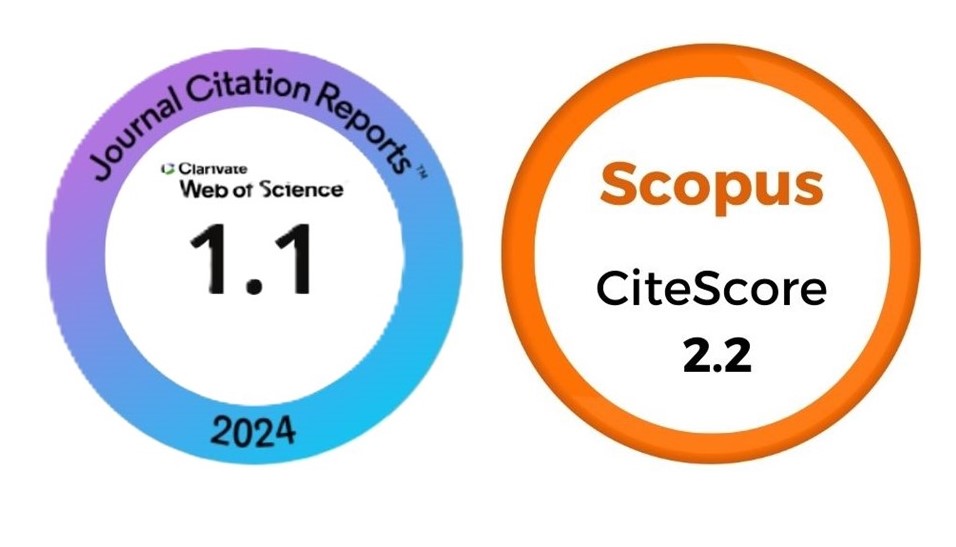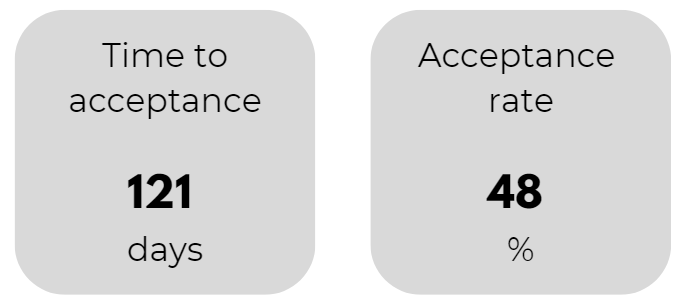Morpho-anatomical and biochemical characterization of Strelitzia reginae seeds and embryos
DOI:
https://doi.org/10.1590/2447-536X.v28i3.2456Keywords:
Strelitzia reginae, Strelitziaceae, anatomy, biochemical seed analysis, starchy seed, tropical plant.Abstract
Strelitzia or bird-of-paradise, is an important tropical ornamental plant that is difficult to propagate because of seed dormancy issues and the low number of seedlings obtained from plant divisions. With greater knowledge of its structure, it is possible to develop strategies to improve the propagation process for this species, since information on this subject is currently limited. Thus, the objective was to carry out an anatomical, morphological and biochemical characterization of Strelitzia reginae seeds and embryos. The characterization of the seeds was performed through image analysis using GroundEye equipment, X-rays, and anatomical and biochemical analyses. Additionally, the following biometric characteristics of the seeds were obtained: an area of 0.33 cm2, a maximum diameter of 0.736 cm, a maximum lateral diameter of 0.59 cm, a minimum diameter of 0.58 cm, and a perimeter of 2.47 cm. The seeds of S. reginae can be considered starchy since they contain 15% starch. By integument anatomical analysis, we observed the presence of an exotesta (ex) and a posterior parenchymatic layer that was divided into a mesotest (m) and endotest (en). The characterization of Strelitzia reginae seeds and embryos showed relevant observations for the taxonomy and physiology of this species. The seeds are aleurostarches and present an area of 0.33 cm2 on average, with maximum lateral diameter of 0.59 cm. As result of anatomical studies, it was possible to determine coat responsible for integument dormancy.
Downloads
Downloads
Published
Issue
Section
License
Copyright (c) 2022 Ornamental Horticulture

This work is licensed under a Creative Commons Attribution 4.0 International License.








